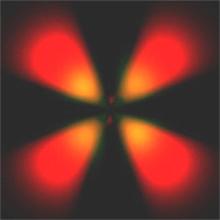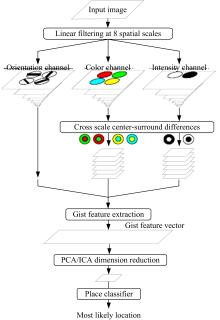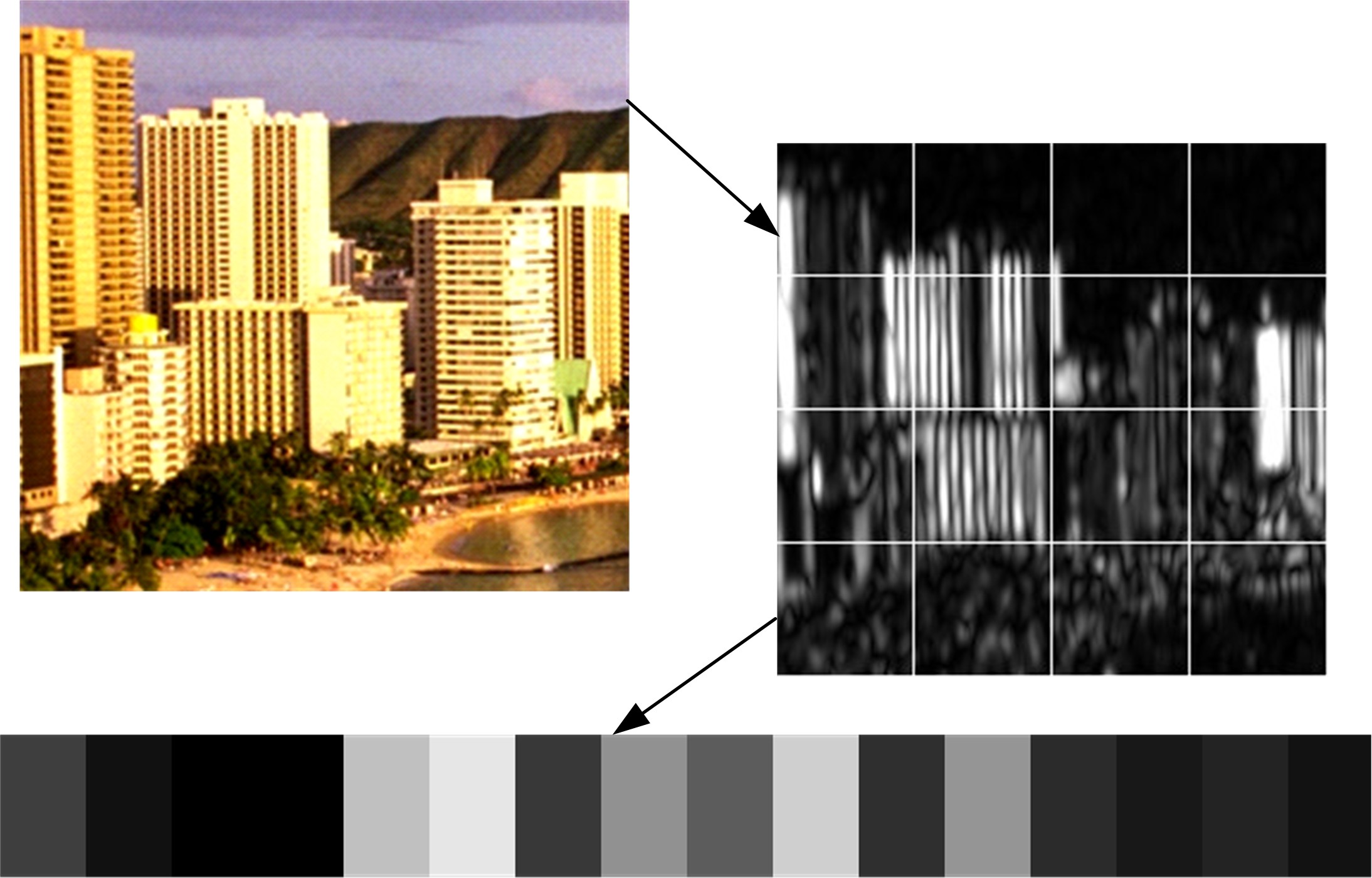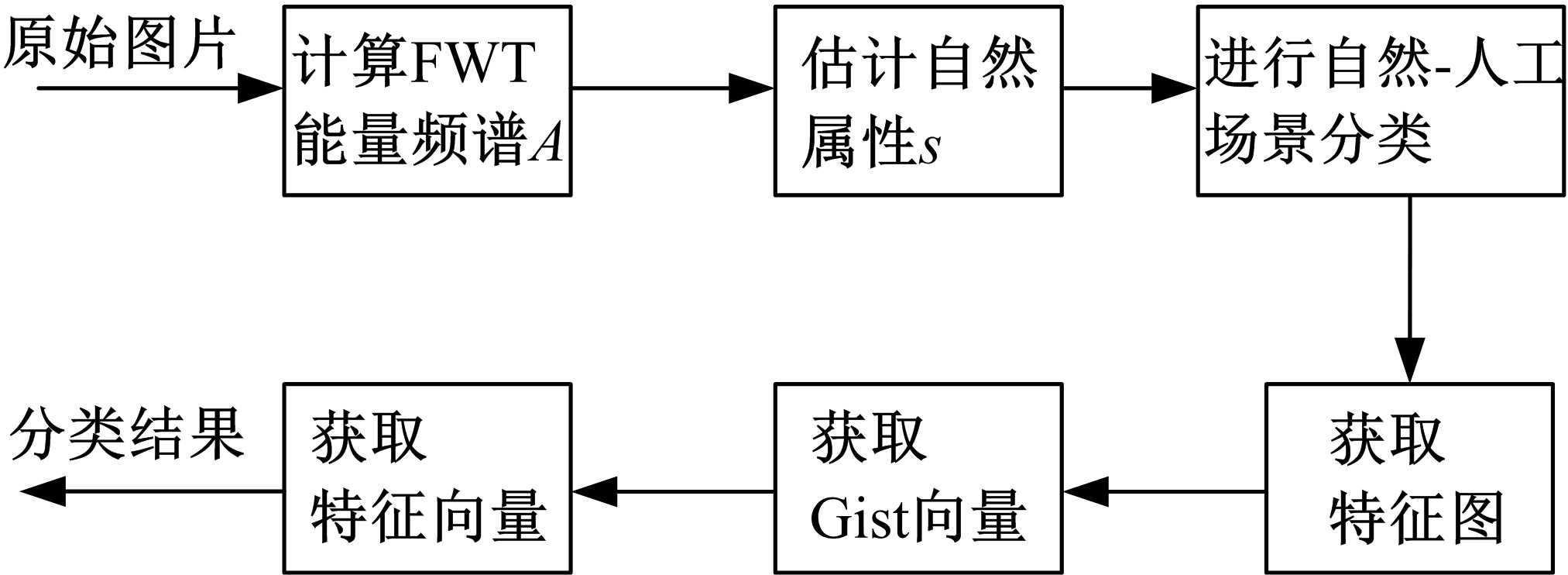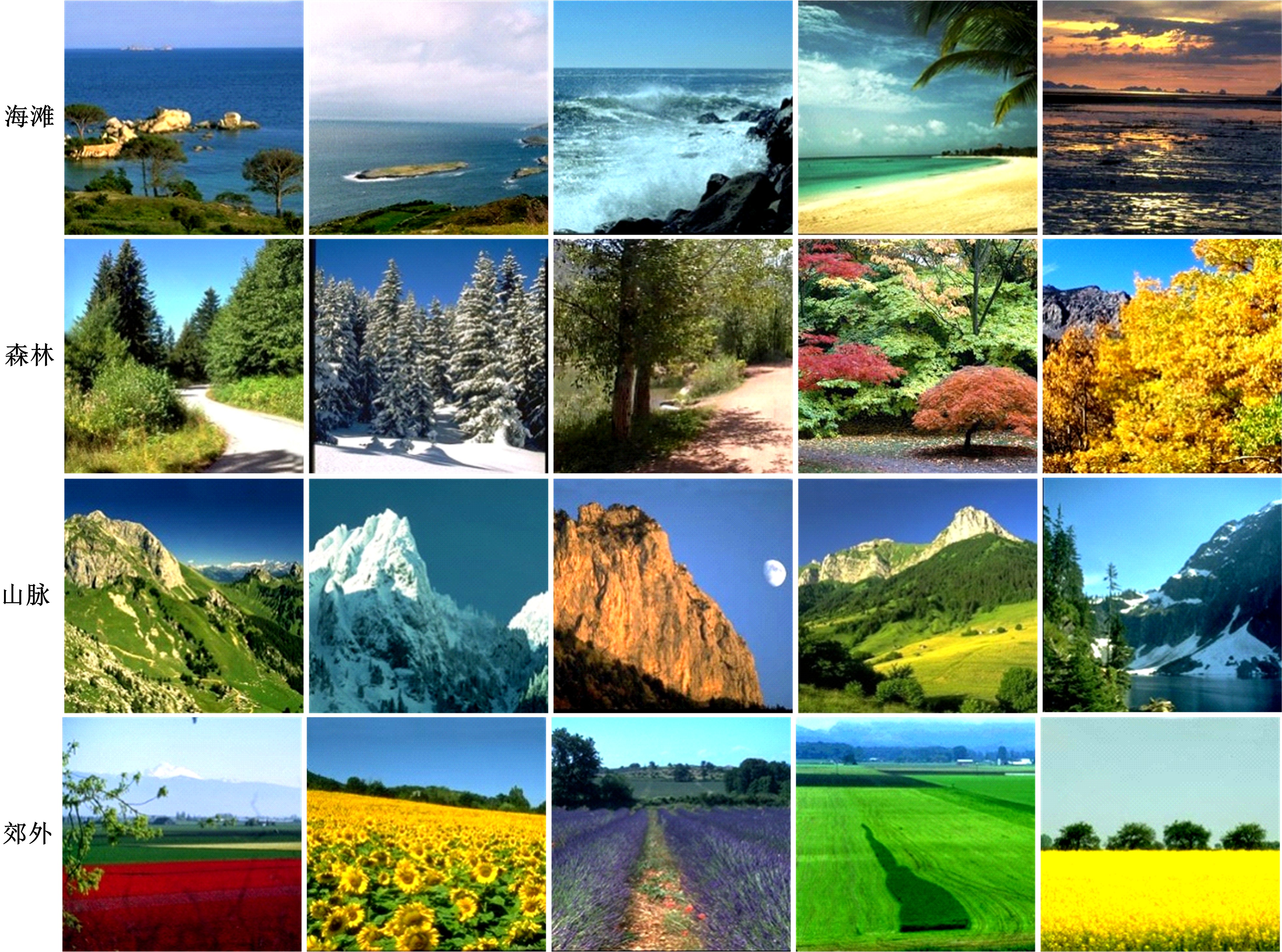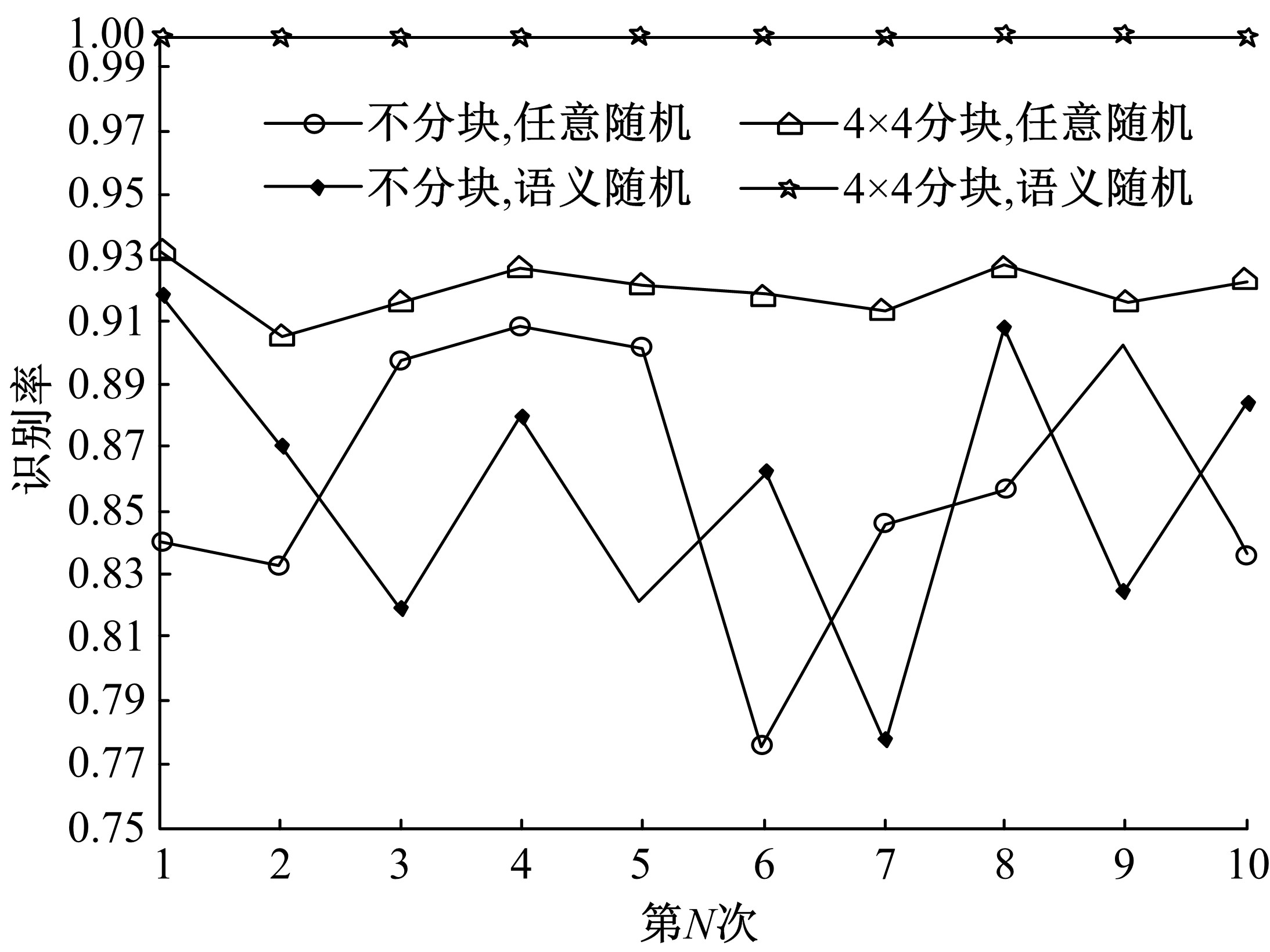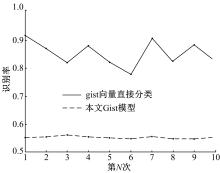Journal of Jilin University(Engineering and Technology Edition) ›› 2019, Vol. 49 ›› Issue (5): 1668-1675.doi: 10.13229/j.cnki.jdxbgxb20180778
Scene classification based on degree of naturalness and visual feature channels
Hong-wei ZHAO1,2( ),Ming-zhao LI1,Jing LIU1,Huang-shui HU3,Dan WANG1,4,Xue-bai ZANG1(
),Ming-zhao LI1,Jing LIU1,Huang-shui HU3,Dan WANG1,4,Xue-bai ZANG1( )
)
- 1. College of Computer Science and Technology, Jilin University, Changchun 130012, China
2. State Key Laboratory of Applied Optics, Chinese Academy of Sciences, Changchun 130033, China
3. College of Computer Science and Engineering, Changchun University of Technology, Changchun 130012, China
4. College of Information Technology and Media, Beihua University, Jilin 132013, China
CLC Number:
- TP391.4
| 1 | 高隽, 谢昭. 图像理解理论与方法[M]. 北京: 科学出版社, 2009. |
| 2 | 解文杰. 基于中层语义表示的图像场景分类研究[D]. 北京: 北京交通大学计算机与信息技术学院, 2011. |
| XieWen-jie. Research on middle semantic representation based image scene classification[D]. Beijing: School of Computer and Information Technology, Beijing Jiaotong University, 2011. | |
| 3 | RennigerL, MalikJ. When is scene identification just texture recognition[J]. Vision Research, 2004, 44, 2301-2311. |
| 4 | UlrichI, NourbakhshI. Appearance-based place recognition for topological localization[C]∥IEEE-ICRA, San Francisco, 2000: 1023-1029. |
| 5 | OlivaA, TorralbaA. Modeling the shape of the scene: a holistic representation of the spatial envelope[J]. International Journal of Computer Vision, 2001, 42(3): 145-175. |
| 6 | TorralbaA, MurrphyK P, FreemanW T, et al. Context-based vision system for place and object recognition[C]∥IEEE Intl Conference on Computer Vision (ICCV), Fance, 2003: 1023-1029. |
| 7 | IttiL, KochC. A saliency-based search mechanism for overt and covert shifts of visual attention[J]. Vision Research, 2000, 40(10-12): 1489-1506. |
| 8 | SiagianC, IttiL. Rapid biologically-inspired scene classification using features shared with visual attention[J]. EEE Transactions on Pattern Analysis and Machine Intelligence, 2007, 29(2): 300-312. |
| 9 | CortesC, VapnikV. Support-vector networks[J]. Machine Learning, 1995, 20(3): 273-297. |
| 10 | OlivaA, SchynsP G. Diagnostic colors mediate scene recognition[J]. Cognitive Psychology, 2000, 41(2): 176-210. |
| [1] | KUI Hai-lin, BAO Cui-zhu, LI Hong-xue, LI Ming-da. Idling time prediction method based on least square support vector machine [J]. Journal of Jilin University(Engineering and Technology Edition), 2018, 48(5): 1360-1365. |
| [2] | CHE Xiang-jiu, WANG Li, GUO Xiao-xin. Improved boundary detection based on multi-scale cues fusion [J]. Journal of Jilin University(Engineering and Technology Edition), 2018, 48(5): 1621-1628. |
| [3] | XU Yan-yan, CHEN Hui, LIU Jia-ju, YUAN Jin-zhao. Cell processor stereo matching parallel computation [J]. 吉林大学学报(工学版), 2017, 47(3): 952-958. |
| [4] | ZHANG Bao-hua, HUANG Wen-qian, LI Jiang-bo, ZHAO Chun-jiang, LIU Cheng-liang, HUANG Dan-feng. Online sorting of irregular potatoes based on I-RELIEF and SVM method [J]. 吉林大学学报(工学版), 2014, 44(6): 1811-1817. |
| [5] | LI Yang, WEN Dun-wei, WANG Ke, LIU Le. Multiple kernel MtLSSVM and its application in lung nodule recognition [J]. 吉林大学学报(工学版), 2014, 44(2): 508-515. |
| [6] | CUI Yin, DUAN Fei, ZHANG Yu-jin. Scene classification based on coding layer feature combination [J]. 吉林大学学报(工学版), 2013, 43(增刊1): 450-454. |
| [7] | YANG Yan, LIU Sa, LIAN Shi-bin, ZHU Xiao-dong. Analysis of fruit tree pests morphological characteristics based on computer vision [J]. 吉林大学学报(工学版), 2013, 43(增刊1): 235-238. |
| [8] | LIU Yuan-ning,WANG Gang,ZHU Xiao-dong,ZHAO Zheng-dong,CHEN Hui-ling,XING Chong. Feature selection based on adaptive multi-population genetic algorithm [J]. 吉林大学学报(工学版), 2011, 41(6): 1690-1693. |
| [9] | JIANG Wei, YI Guo-xing, ZENG Qing-shuang. Target tracking algorithm based on support vector machine particle filter [J]. 吉林大学学报(工学版), 2011, 41(4): 1102-1106. |
| [10] | WANG Gang,LIU Yuan-ning,ZHANG Xiao-xu,ZHAO Zheng-dong,ZHU Xiao-dong,LIU Zhen,. Novel spam filtering method based on fuzzy adaptive particle swarm optimization [J]. 吉林大学学报(工学版), 2011, 41(03): 716-720. |
| [11] | SHANG Fei, MA Jun-Xiao, YAO Li, TIAN Di, QIU Chun-Ling. Multifeature fusion based method for monitoring working status of instruments [J]. 吉林大学学报(工学版), 2010, 40(02): 545-0548. |
| [12] | GE Liang, ZHU Qing-sheng, FU Si-si, LUO Da-jiang, LIU Jin-feng. Improved image dense stereo matching algorithm [J]. 吉林大学学报(工学版), 2010, 40(01): 212-0217. |
| [13] | LI Qing-quan, GAO De-quan, YANG Bi-sheng. Urban road traffic status classification based on fuzzy support vector machines [J]. 吉林大学学报(工学版), 2009, 39(增刊2): 131-0134. |
| [14] |
GUAN Xin, JIA Xin, GAO Zhen-hai .
Adaptive threshold algorithm based on contrast-regional homogeneity analysis of lane image [J]. 吉林大学学报(工学版), 2008, 38(04): 758-763. |
| [15] | Wan Peng,Sun Yu,Sun Yong-hai . Recognition method of rice kernel shape based on computer vision [J]. 吉林大学学报(工学版), 2008, 38(02): 489-0492. |
|
||
